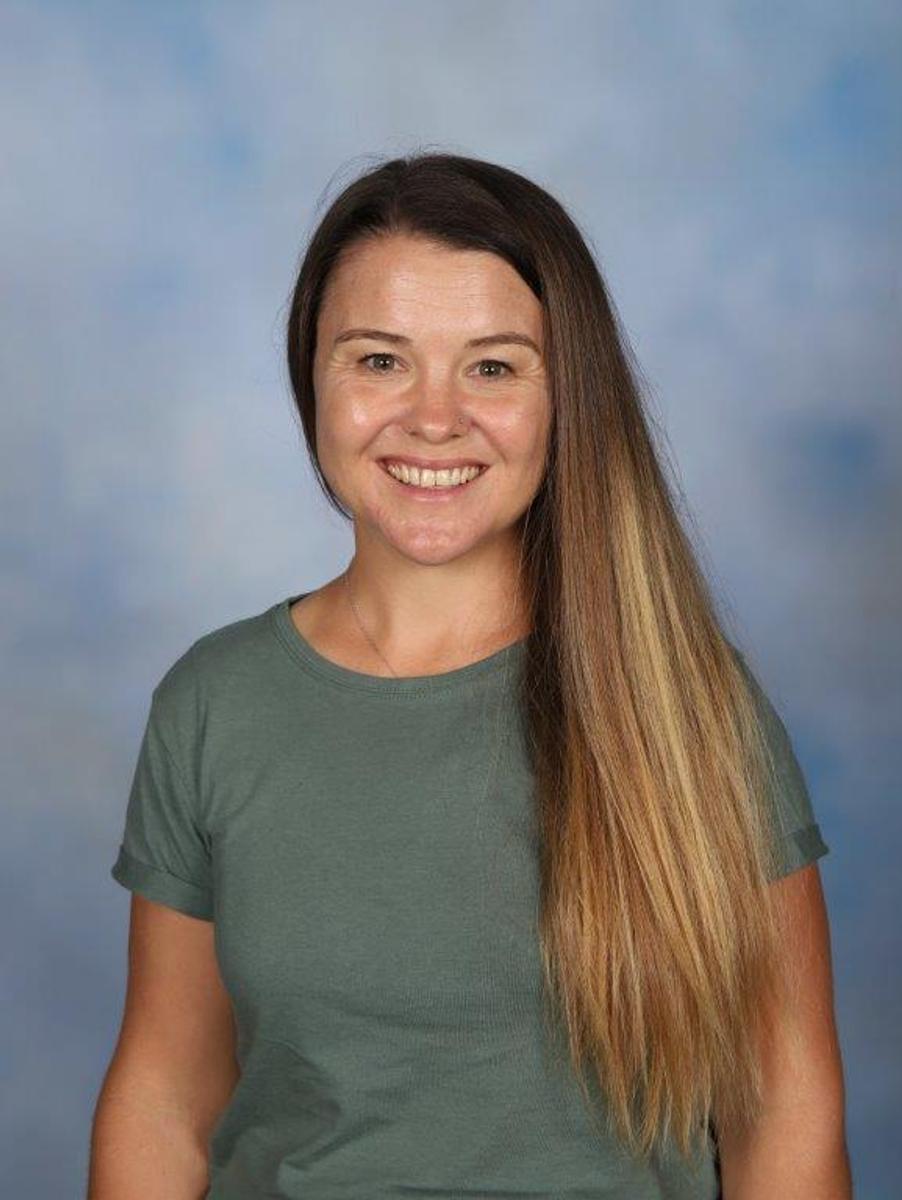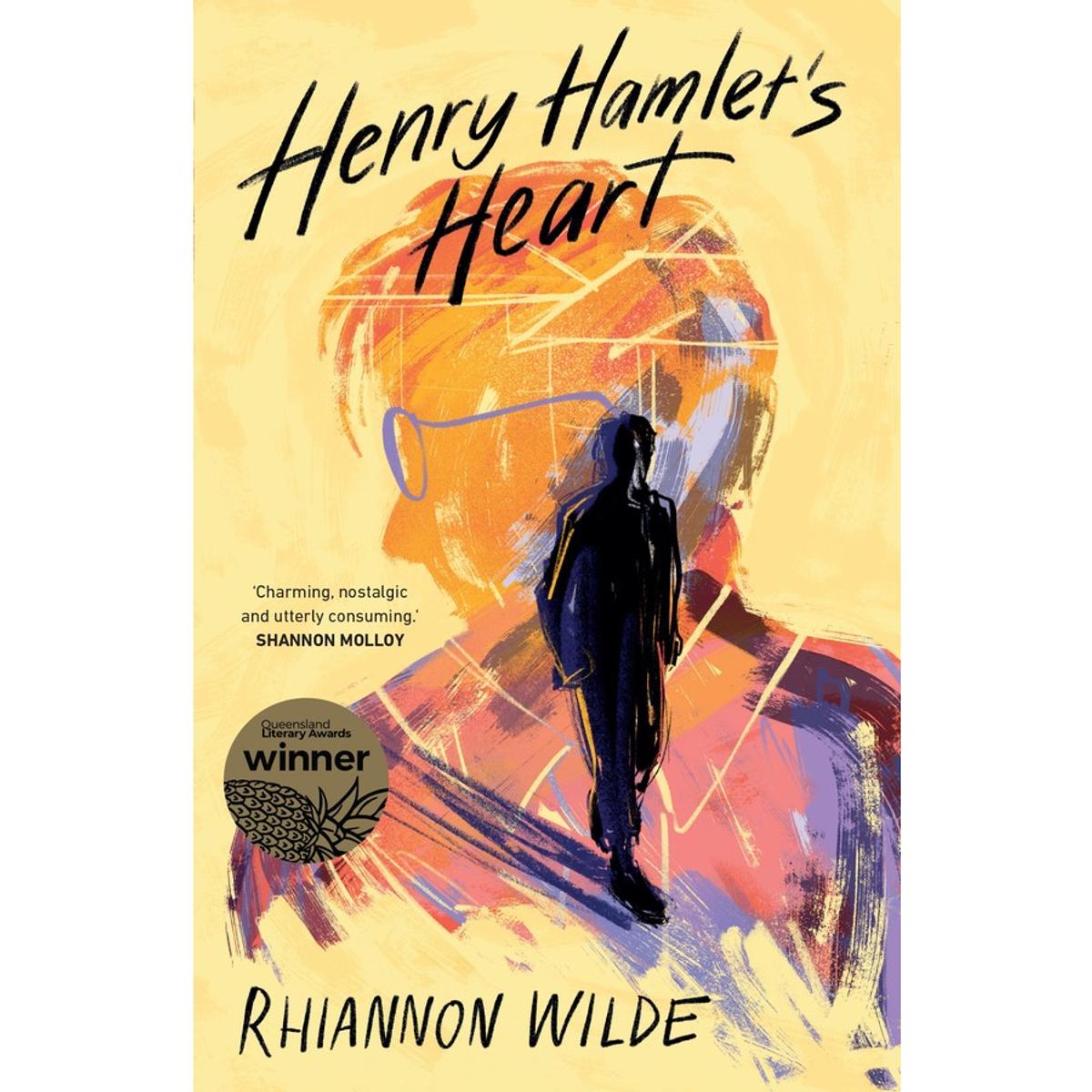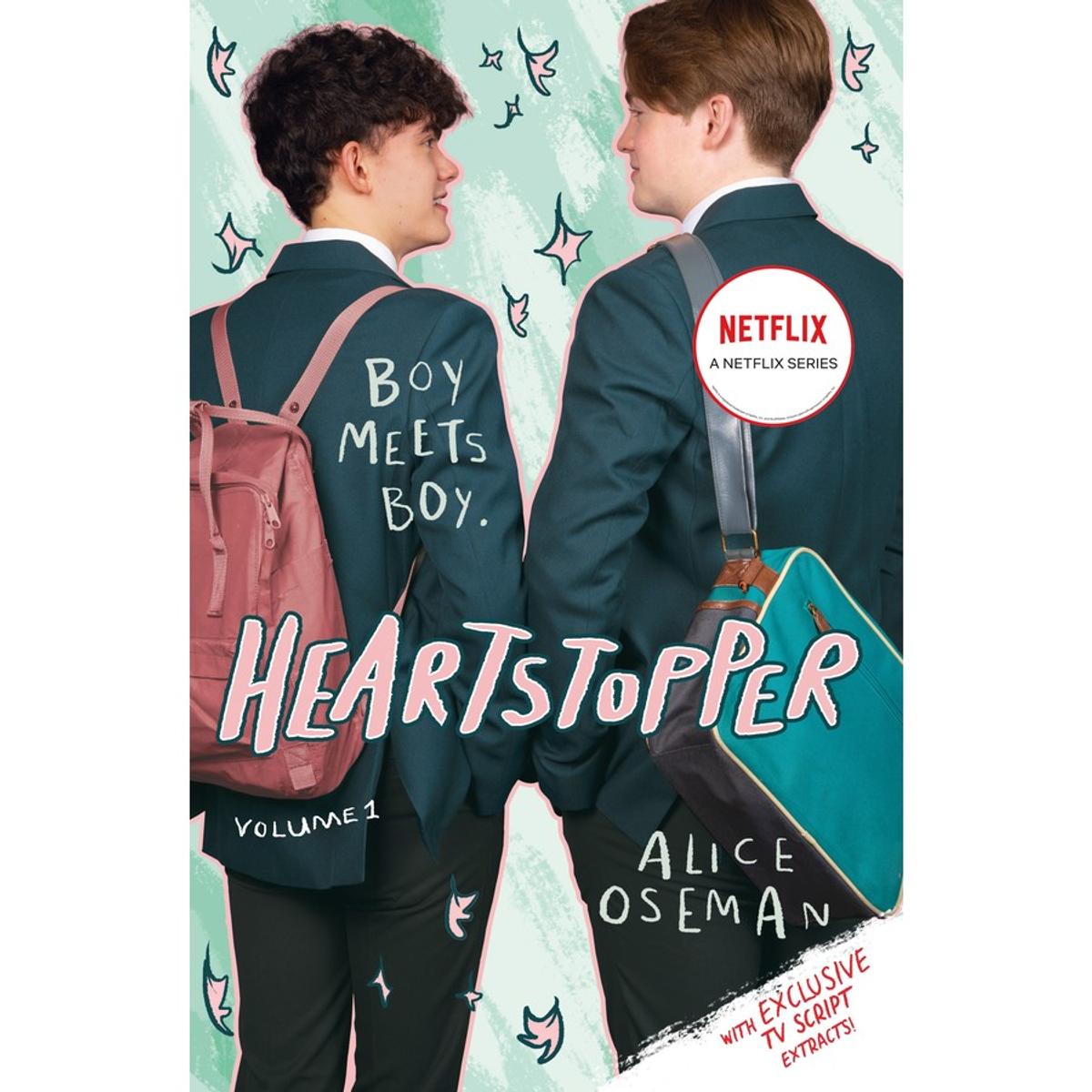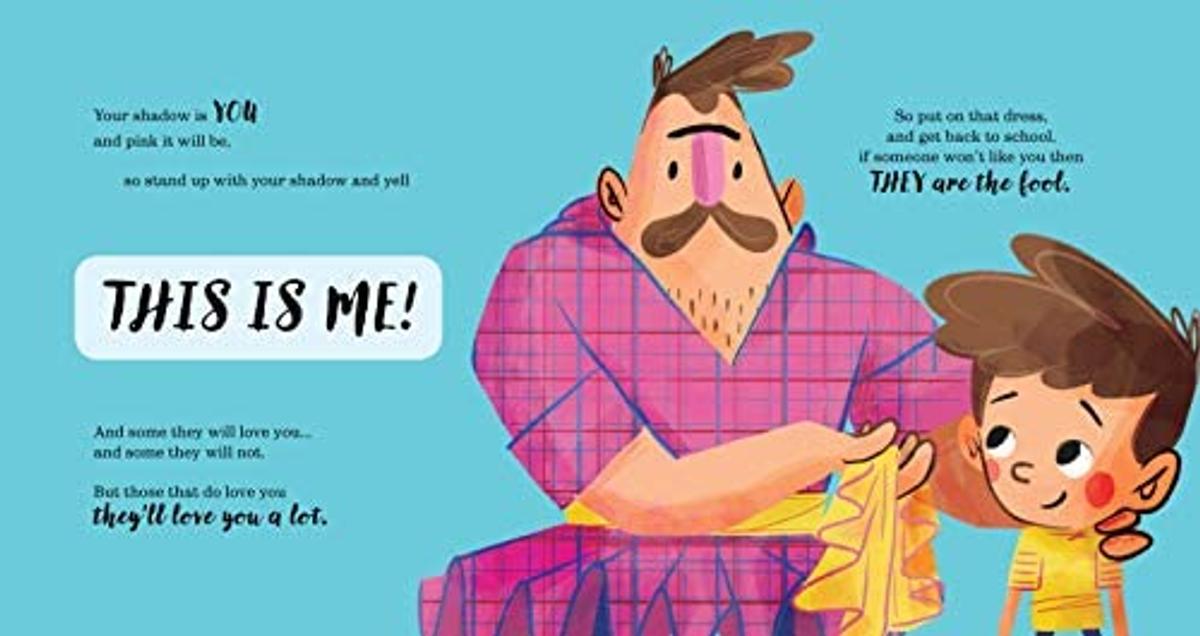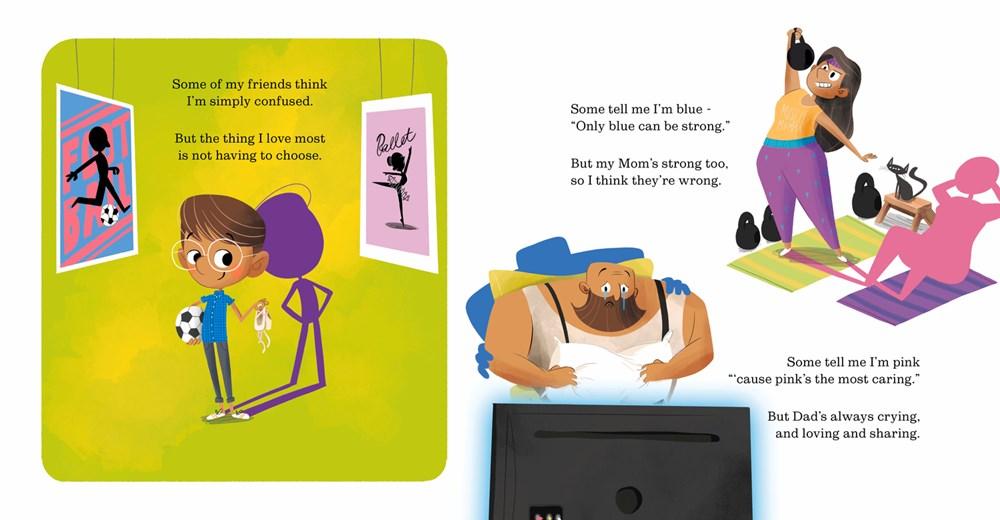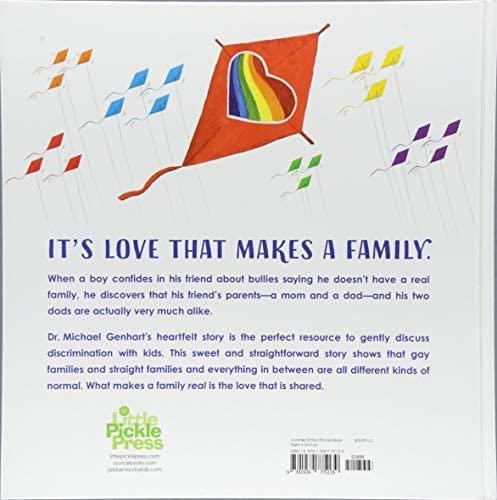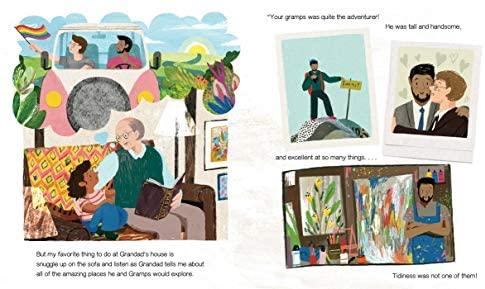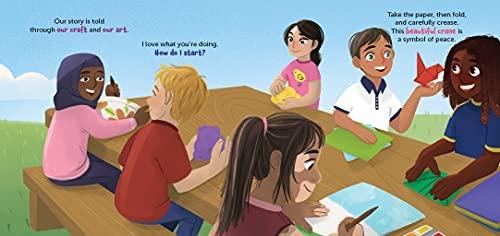Library News

Early in Term 2 Box Hill High School celebrated IDAHOBIT day; International Day Against Homophobia, Biphobia, Interphobia and Transphobia. The day celebrates LGBTQIA+ people and marks that 31 years ago, the World Health Organisation removed homosexuality from the Classification of Diseases and Related Health Problems. It aims to raise awareness for the work still needed to combat discrimination.
The library at Box Hill High School plays a pivotal role to support events like this. We know that students need access to resources that represent them; that address their needs and that provide a mirror to their own lives. At a conference I attended early last year a comment from a Year 12 student resonated just how important the inclusion and promotion of LGBTQIA+ literature in contemporary school libraries is. They said “….finding a character who represents the same as me, makes me feel included; makes me feel that I exist; makes me feel that I matter, despite what some people in society think”.
The library team at BHHS have worked hard to provide a positive and inclusive range of resources that reflect and support our LGBTQIA+ students. In 2021 we launched our ‘Rainbow Connection’ Library webpage where we promote books, videos and webpages that featured queer characters. We also began to visually identify these books by sticking rainbow coloured love heart stickers on the back cover; a decision that was made in consultation with students who attend the weekly LGBTQIA+ BHHS lunchtime group. We also create large and visual displays promoting books that feature queer characters; all with the aim to raise awareness and support whole school events like IDAHOBIT day.
However, experience has taught me that the best way to get a book into the hands of a reader is through a personal recommendation. Whether it be from a parent, a fellow student, a teacher or a Booktok video; it’s a fact that books that are personally recommended are rarely on the shelves. And so, the books below are just some of my recommendations but by no means reflect the very extensive selection that we have or that are, available.
YOUND ADULT LITERATURE ON OUR SHELVES NOW!
There are just so many YA books with awesome LGBTQIA+ characters that I could recommend but I will keep it to my Top 5.
The first book called Henry Hamlet’s Heart is written by Australian author, Rhiannon Wilde. Longlisted by the Children Book Council of Australia (CBCA) this is a beautiful queer love story with lovely relatable characters and storylines. The reader follows Henry, the main character on his journey of falling in love and figuring out his sexuality. In Year 12 and realising that the safe cocoon of school is about to finish, totally nails the myriad of emotions that coincide with that time; excitement, anxiety, fear and happiness.
Anything But Fine by Tobias Madden is another one of my favourite queer love stories. The main character Luca is openly gay and lives with his supportive, single dad in rural Bendigo. Studying ballet on a scholarship at one of the most prestigious private schools and on track to attend the Australian Ballet School, Luca’s dream is crushed in the opening chapter when he missteps, falls and breaks his foot. With the scholarship and the dream of dancing taken from him, we follow Luca as he is forced to move schools and make new friends. And while he grapples to discover who he is after the accident, he is also unexpectedly presented with beautiful new friendships and a love interest. And while Luca is comfortable and proud of his sexuality, this book includes characters who are homophobic and abusive to him. Sexual references, some coarse language but totally real and relatable.
Peta Lyre’s Rating Normal by Anna Whateley is another that was nominated by the CBCA last year and students who signed up to read and act as ‘Shadow Judges’ all came back to tell me how much they loved this book. The book follows neurodivergent character Peta as she navigates a world she doesn’t always understand. Peta’s parents and doctors have all made Peta feel like she needs to pass as normal to be accepted. Each day and at the end of every situation (and chapter) Peta gives herself a rating normal score out of 10 – hence the title. Set in a secondary school, the story follows Peta and her friends, all in their senior year at school, as they head off on a school ski trip. And while it does tackle some mature themes, it is a positive story about accepting your differences and finding the people that make you feel safe and allow you to be you.
The Boy From the Mish written by Gary Lonesborough is set in rural NSW and follows the story of local indigenous boy Jackson. One of the 6 books nominated this year in the CBCA and in the running for ‘book of the year’, this story is about love and self discovery. And while again it does deal with mature themes, this book is real and honest and set in a community that is underrepresented in YA literature. It begins with the main character Jackson who is grappling with typical teen challenges; does he wants to finish year 12, does he want to stay with his girlfriend and how will he manage his social life when his Aunty Pam and her kids arrive for their annual summer stay. However, Jackson’s life is turned around when Aunty Pam brings with her a mysterious young character called Tomas with whom he slowly develops a relationship with. And while the story is mostly focused on Jackson who is figuring out his sexuality and his feelings for Tomas, it is balanced by his place in his community – the respect he has for his elders, his family and the country.
Year 10 student Beth F. read and reviewed The Boy From the Mish recently and said…
The Boy from the Mish is a novel about race and sexuality, set in a small town in rural New South Wales. Jackson is an instantly likeable protagonist, whose whole sense of self seems shattered when he meets Tomas, who has come with his aunt to visit for the Christmas holidays. Through helping Tomas with his court-assigned project, Jackson grows and learns more about himself.
This story is about discovery and self-acceptance, with a compelling romance that just makes you smile so much it literally hurts. It was totally immersive – I was so invested that I could not put it down at times. It explores relationships with friends and community, while touching on important issues such as Indigenous Australians’ relationships with police and the legal system without feeling overwhelming.
This was an honestly eye-opening book, and I would rate it four-and-a-half out of five stars.
And finally, my last recommendation is HeartStopper by Alice Oseman. Marketed at every bookshop at the moment due to the popularity of the Netflix series (that I totally binge watched) this is the beautiful, heart-warming love story of Nic and Charlie. Set in a secondary school in England, it follows the developing relationship between Charlie and Nic and deals with issues like consent, homophobia, bullying, friendship and staying true to yourself exceptionally well. And while we do have multiple copies in our collection, this book is NEVER on the shelf and the reserve list is a mile long.
LITERATURE FOR YOUNG CHILDREN
When I began looking at promoting our LGBTQIA+ literature to our secondary students, I realised how important it was for me to provide books that normalised queer relationships and challenged gender stereotypes for emerging readers. I remember 10 years ago my nephew coming home in prep telling me that he could no longer wear his ‘Dora the Explorer socks because he had been told emphatically that they were for girls’. While I don’t think that one book can change long term attitudes or break down gender stereotypes, I am heartened that my 6 year old told me that he loves these books because the stories tell him that it is ok to be different and to like whatever you like. And as a parent I think that’s a pretty powerful message.
My Shadow is Pink and My Shadow is Purple are two books that are written and illustrated by Scott Stuart and both of my boys (age 4 and 6) absolutely love them. The message in both books is clear; it is ok to be you and as parents we will love you and support you as you navigate who you are, no matter what. These books explore the concept of childhood bullying, gender stereotypes, toxic masculinity and challenge long held gender stereotypes.
The first story My Shadow is Pink explores the gender stereotypes that pink is for girls and blue is for boys. The main character, a young boy knows his shadow is pink. While he is aware that he is different from his father, it is when he goes to school that he realises that being true to yourself can be really hard as it exposes you to a world that may not understand. He leaves school feeling very sad. His father plays a positive and powerful role in this story because while dad’s shadow is very blue and is illustrated as a big and largely typically strong and straight male, he talks to his son and reassures him that it is ok to have a pink shadow. Dad then chooses to wear a pink skirt despite his blue shadow and accompanies his son back to school. It reads, ‘your shadow is pink , I see now it’s true, its not just a show, its your inner most you”. Dad’s character then goes on to discuss how everyone has things they love doing that may not fit in with what their friends, family or society expect from them but that it is ok and best to be true to yourself.
The second book My Shadow is Purple is a fabulously clever and ingenious story aimed at young children to teach them that it is ok not to fit into the gendered box that society has spent generations creating. It is a very gentle introduction to non-binary gendered themes including self-discovery, resilience, inclusion, and diversity. It begins with the main character, a young child stating his mum has a pink shadow and his dad’s shadow is blue. However, the young child states they he doesn’t have a pink or a blue shadow but rather that he has a purple shadow. It reads “some tell me I’m blue – only blue can be strong. But my mum’s strong too, so I think that they’re wrong. Some tell me I’m pink – cause pink’s the most caring. But dad’s always crying and loving and sharing. Why can’t I love sport and dancing and trains? And ponies and glitter and engines and planes? Why must I choose and exclude all the rest? I love choosing both because both is the best.”
Two other children’s books that I would highly recommend, is Love is Love written by Michael Genhart, PhD and Granddad’s Camper by Harry Woodgate. The first book is a very real look at how language can have a very real impact on a young child. It begins with a child telling their friend that they have been picked on for wearing a shirt with a rainbow love heart. He says ‘kids were teasing me saying my shirt is gay’. His friend asks him, ‘what does that mean?’ and he says, ‘I am not sure but I think it is because I have two dads’. He says how it makes him feel when people use the phrase ‘that’s so gay’ when they don’t like something. And he questions why his family, who love him and make him happy are looked at in a negative view. A powerful book with some great discussion questions in the back.
The other book called Grandads Camper is just a beautiful story about love and grief. The story begins with a child explaining how much they love visiting their grandad and listening to his stories that are about his life adventures that he shared with his long term, life partner gramps who has passed away. My children love this story and the images in it and unlike the other book, it is not didactic but rather normalises same sex relationships.
The last book that I would recommend is ‘Little Nic’s Big Day’ written by West Coast Eagles football player, Nic Naitanui and illustrated by Fatima Anaya. I love this book because while the story is essentially about a young boy’s first day at school and the fear of fitting in, the illustrations and rhyming language all explore ‘difference’. The illustrations show same sex couples alongside single parents and heterosexual parents all walking their children to school thus normalising the differences that we actually see in our society. There are illustrations of people from different cultural backgrounds, people with disabilities e.g. young people with prosthetic limbs and in wheelchairs and people communicating in sign language. And none of this is didactic but rather it offers an opportunity for young people who are naturally curious to ask questions and potentially see their families, their friends and other people they may know reflected in the stories that they read.
A beautiful passage reads;
Kids in this class, know Farsi and Greek, and French and Fijian, what else do we speak?
My dad speaks Malay, My mum and I sign, My big sister yells at me most of the time.
By Kylie Pearson
Magazine Editor

